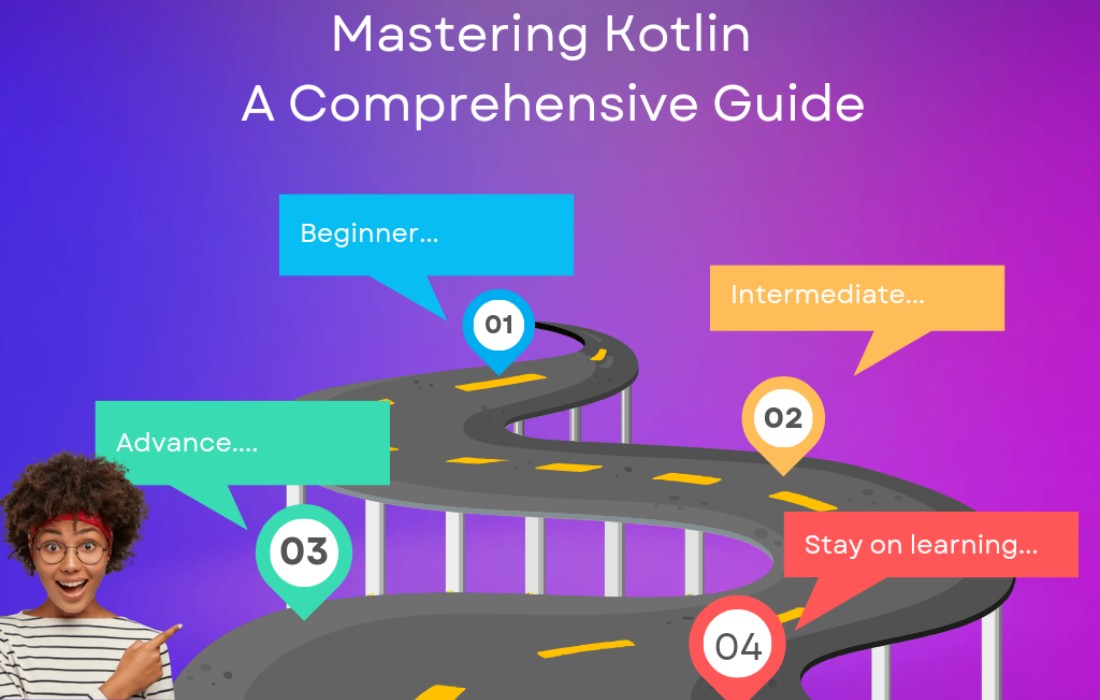Introduction to Kotlin’s Null Safety
Kotlin is a modern programming language designed to eliminate many common pitfalls in Java programming, one of which is handling null references. Null pointer exceptions (NPEs) are notorious for causing runtime crashes in applications, and Kotlin’s null safety feature is a major advancement in preventing this issue. This guide will dive deep into how Kotlin tackles nullability and how you can harness this feature to write safer, more robust code.
What is Null Safety in Kotlin?
Null safety in Kotlin is a feature that helps developers handle null values more effectively. Unlike many other programming languages, Kotlin provides powerful features to explicitly declare, check, and safely handle null values. By catching potential null errors at compile time rather than runtime, Kotlin significantly reduces the chances of runtime crashes caused by null pointer exceptions.
Nullable Types in Kotlin
In Kotlin, types are non-nullable by default, meaning you cannot assign null to a variable unless the type explicitly allows it. To declare a nullable type, you append a ? to the type. Here’s a simple example:
In the above code, the String? type allows null values, while the regular String type does not.
Checking for Null Values
You can check if a variable is null using conditional statements, or by using Kotlin’s built-in functions. Here’s an example of how to manually check for null:
In this code, we first check if the string is not null and has a non-zero length.
Safe Calls and Null Handling
The most powerful feature in Kotlin for working with nullable types is the safe call operator ?.. This operator allows you to call a method or access a property on an object that might be null, without throwing a NullPointerException. If the object is null, the expression returns null instead of crashing your program.
Here’s an example of how you can use it:
In the code above, if maybeString is null, the function will return null instead of throwing an error.
Using the Elvis Operator
The Elvis operator ?: allows you to provide a default value if the result of a nullable expression is null. This is incredibly useful for situations where you want to guarantee a non-null value even if the original one is null.
In this example, if nullString is null, the Elvis operator returns 0 instead of attempting to call .length on a null reference.
Handling Null in Real-world Applications
In real-world applications, dealing with null values is inevitable, especially when dealing with user inputs, external data sources, and databases. Kotlin’s null safety makes it easier to handle such situations gracefully.
Let’s consider an example where we have a database of employees, and we want to retrieve their salary based on an ID:
In this example, we use the Elvis operator to safely return 0 when an employee is not found in the database, preventing any potential null-related errors.
Best Practices for Null Safety in Kotlin
- Declare Nullable Types Explicitly: Always declare types as nullable when they are meant to handle
nullvalues. This helps ensure that the code is explicit and clear about the expected behavior. - Use Safe Calls: Use
?.to avoid potential crashes when accessing properties or calling methods on nullable objects. - Leverage the Elvis Operator: Use
?:to provide default values in case a variable is null, ensuring that the code behaves as expected even whennullis encountered. - Avoid
!!Operator: The!!operator forces a nullable type to be non-null. While it might be useful in certain scenarios, it should be avoided as it can throwNullPointerExceptionat runtime if the value is actually null.
Conclusion
Kotlin’s null safety system is one of its most powerful features. By explicitly marking types as nullable and using safe calls, the Elvis operator, and other null handling mechanisms, Kotlin allows developers to write more reliable and robust code. By catching null-related issues at compile time, Kotlin helps you avoid one of the most common causes of runtime errors: NullPointerExceptions.
If you’re new to Kotlin or looking to strengthen your understanding of null safety, applying these features in real-world scenarios will help you build safer and more stable applications.
Next Steps
Once you’ve mastered null safety, it’s time to dive deeper into Kotlin’s other features such as Coroutines, Data Classes, and advanced functions. Additionally, Kotlin is great for building server-side applications, mobile apps, and more. Check out the Kotlin documentation or follow the Kotlin Koans tutorial for a hands-on approach to learning.
Happy coding!












